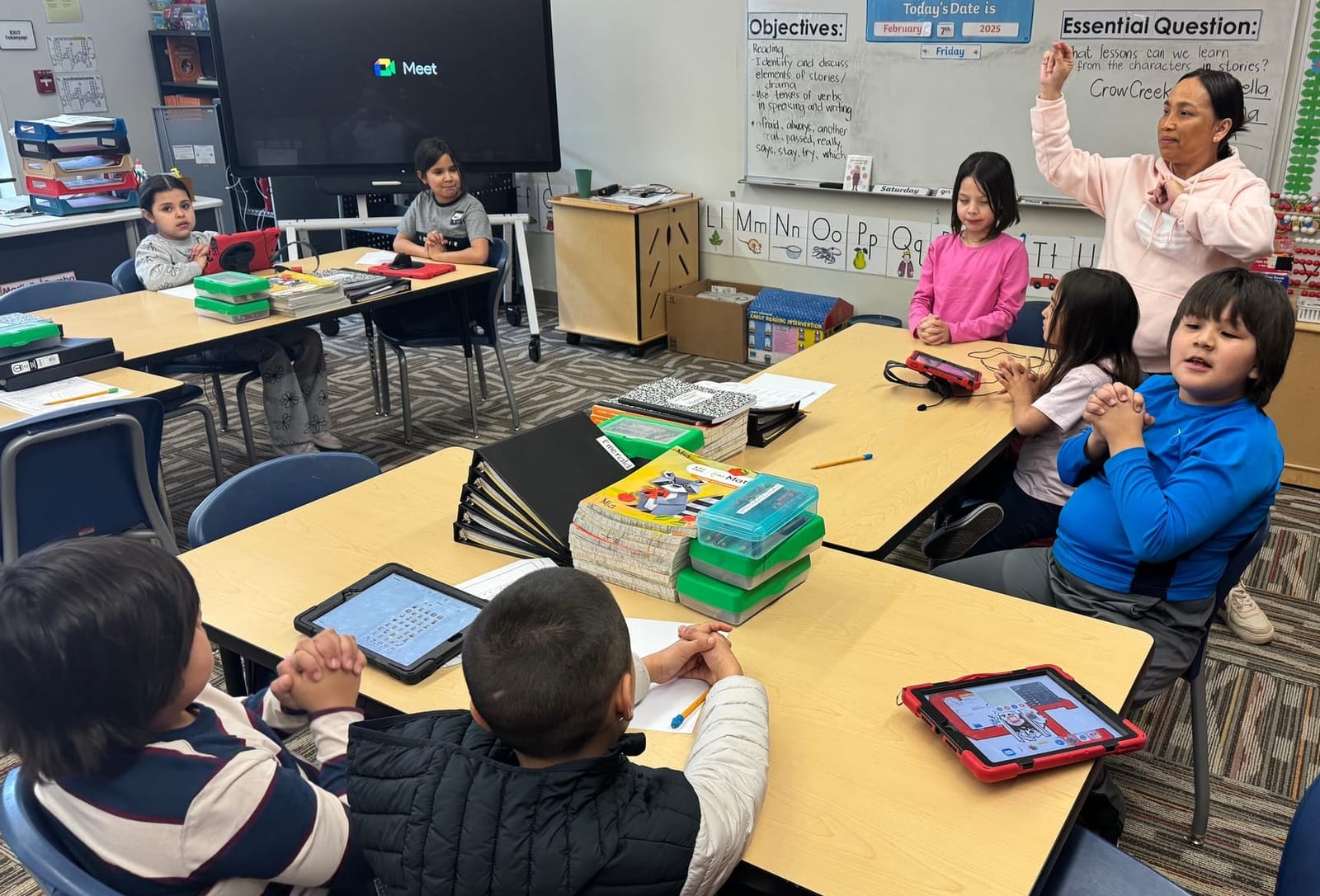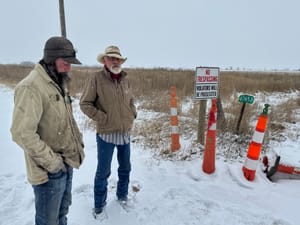STEPHAN, S.D. – "Three, two, one. OK, in your seats."
Just as she did as a teacher in her native Philippines, Madgelie Camba uses a countdown method to gain the attention of the gaggle of second-graders she now teaches at the Crow Creek Tribal School in central South Dakota.
Her diminutive stature and slight Filipino accent create no barriers to effectively managing and teaching the students, who on a recent day were in their seats with pencils ready by the time Camba's countdown reached its end.
"I have to be strict with my kids, very consistent, so they get used to a routine," said Camba, who has 24 years of teaching experience. "After that, they will be more motivated to learn."

Camba is part of a growing trend in which South Dakota school districts are increasingly hiring international teachers on visa programs to fill open classroom positions.
In all, 446 international teachers hold active certificates to teach in South Dakota schools, said Mary Stadick Smith, deputy secretary for the South Dakota Department of Education. The number of certificates issued to international teachers peaked in the 2023-24 school year, when 138 new certificates were issued, she said.
About 50 public school districts had foreign teachers on staff in 2024, the DOE said. The top three countries of origin are the Philippines, Columbia and Spain.
The DOE said the foreign instructors teach a variety of subjects and grade levels, and all must have valid visas and state certification as required by law.
Filling gaps in the classroom
South Dakota, like nearly every other U.S. state, struggles with a shortage of teachers, making international educators a hot prospect for desperate administrators.
As of January, the Associated School Boards of South Dakota had 366 openings listed on its statewide education job board, though that included some non-teaching positions. In early February, the Sioux Falls School District listed 37 teacher openings, and the Rapid City Area Schools had 45 openings.
An aging workforce and high level of retirements, low pay compared to other states and increased political tension in the classroom are creating the teacher shortage, according to prior reporting by News Watch.
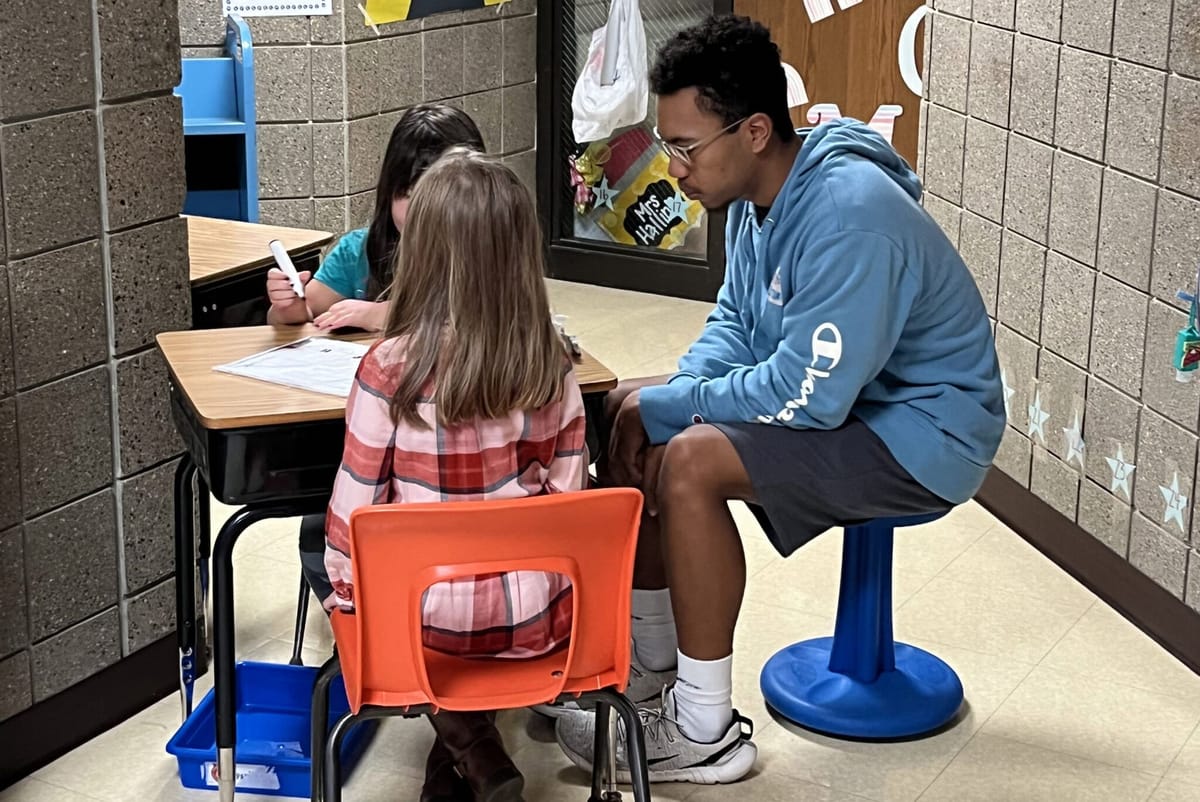
Across the country in 2022, there were 36,000 teacher vacancies and about 163,000 educators teaching classes they were not certified or trained in, according to the Annenberg EdExchange at Brown University.
South Dakota Education Secretary Joseph Graves said in an email to News Watch that the state supports the use of international teachers.
"This has proved to be an effective strategy in remote areas of the state where schools have an especially difficult time finding qualified teachers," Graves wrote. "While DOE is not involved in local hiring decisions, we are supportive of districts' efforts to use qualified international teachers as one strategy for addressing teacher shortages."
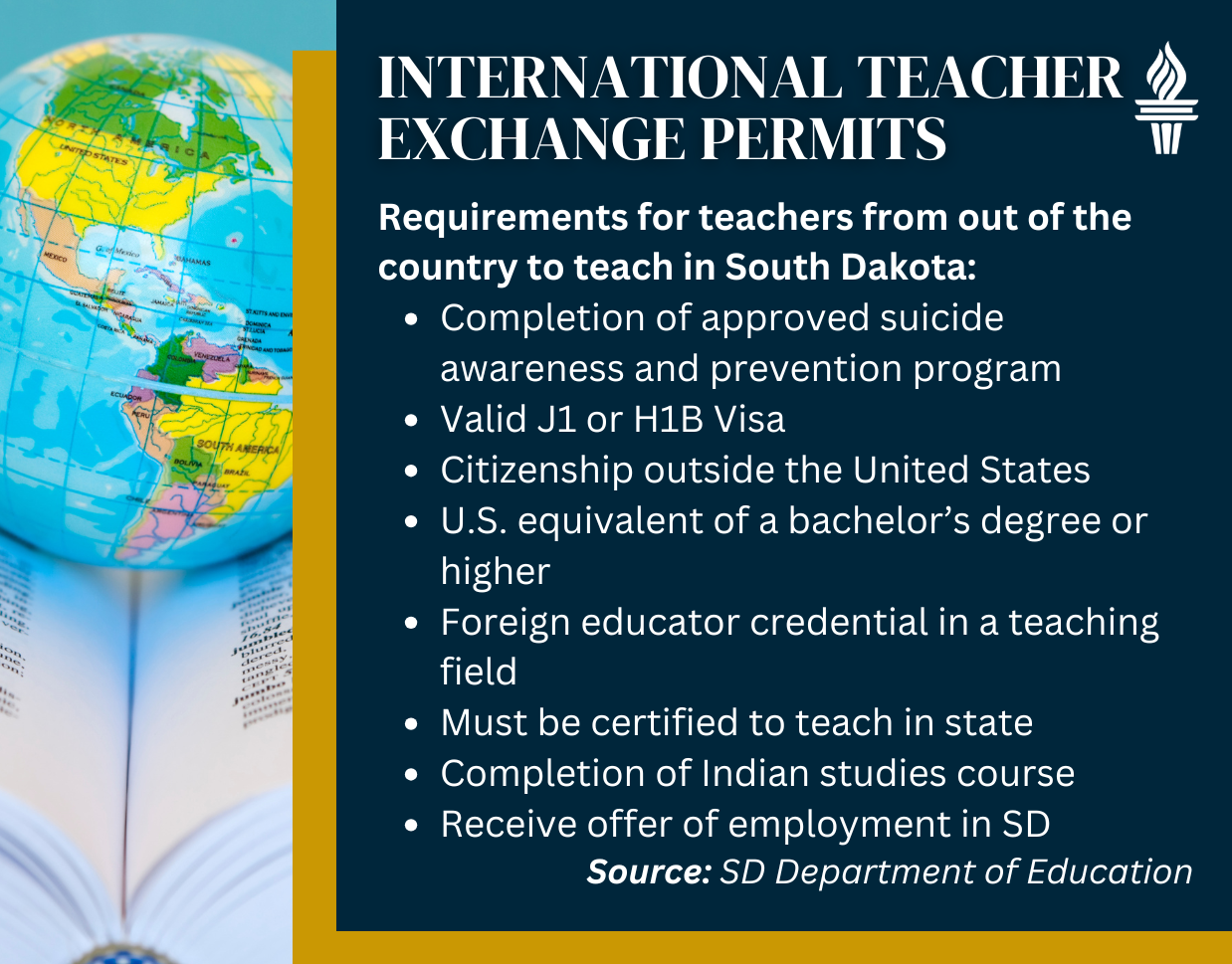
Schools adapt to teacher vacancies in several ways, including doubling class sizes, obtaining a state waiver to employ a long-term substitute or using computers to access virtual teaching.
But for Rob Coverdale, superintendent of Crow Creek Tribal School district in Stephan, those options were unacceptable because student learning could be negatively affected.
Attracting experienced foreign teachers
Instead, Coverdale has led an effort to recruit more international teachers to the district, which now employs 22 teachers from the Philippines, making up roughly half its certified teaching staff.
"It's hard to get teachers anywhere, but out here in Stephan, it's even harder," he said of the tiny community that is about an hour drive from Pierre or Chamberlain. "So having 100% certified teachers on staff, it's a nice place to be."
Hiring international teachers is time-consuming and expensive, costing about $5,000 to $8,000 per employee, Coverdale said. The costs, sometimes paid to companies that arrange for teacher hirings, go for documentation to clear customs, obtain a visa, complete a background check and earn state certification.
Teachers come to Crow Creek either on a J-1 non-immigrant visa, which is aimed at cultural exchanges, or an H-1B non-immigrant visa that is for individuals working in specialized, high-need fields of employment. J-1 visas are easier to obtain but last only two to five years, while H-1B visas can last up to six years, Coverdale said.
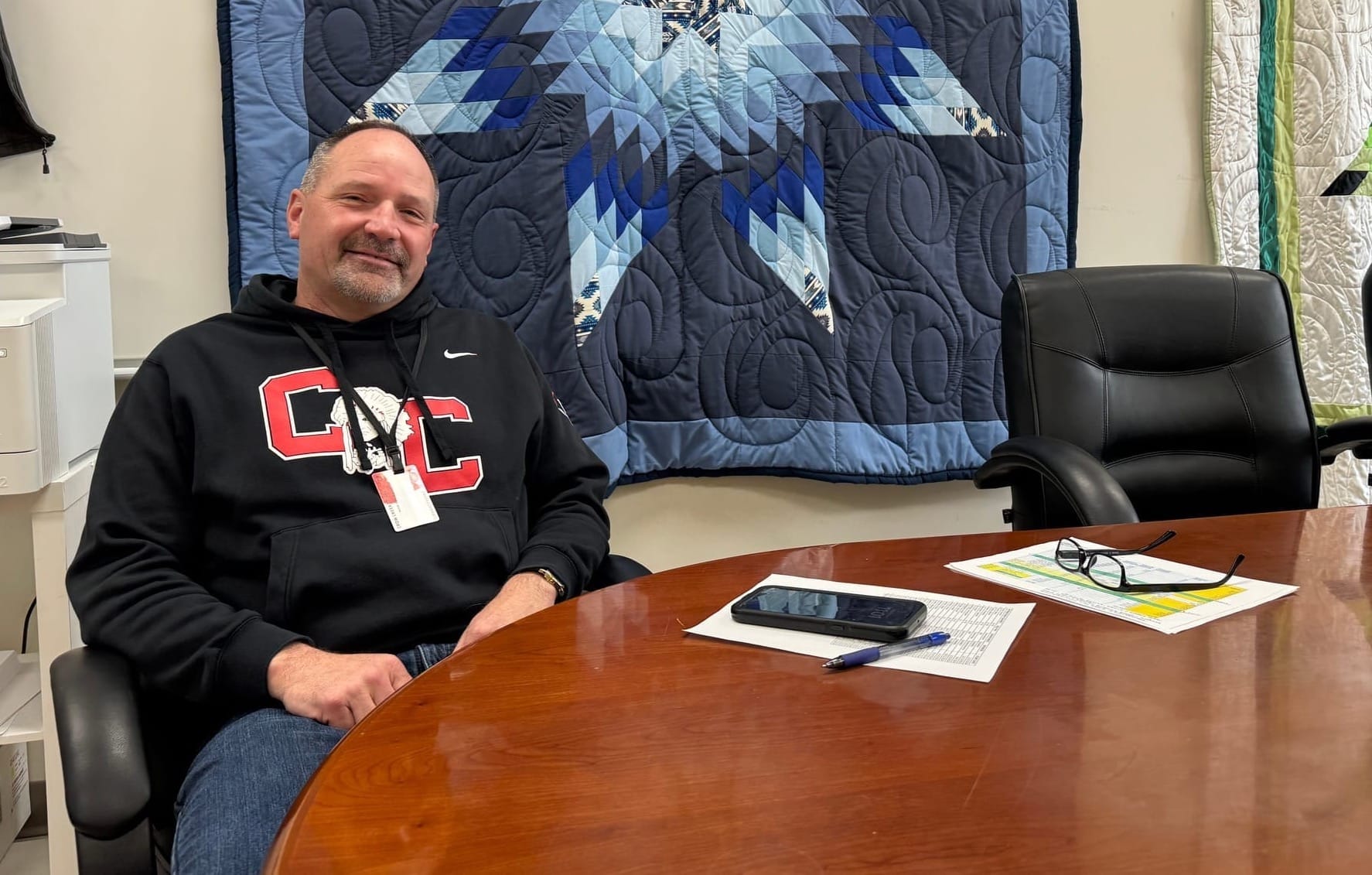
The teachers who come to South Dakota and other U.S. states tend to have several years of classroom experience and advanced college degrees, Coverdale said. So far, he has been highly impressed with their prowess in teaching and ability to connect with students.
"It's quite a process, but the end result is you get great, experienced teachers," he said. "From top to bottom, I've been very pleased with their attitudes and the results."
Coverdale said all of his international teachers are bilingual and speak very strong English, and they bring a refreshing dose of multiculturalism to the schools, the students and their parents and the local community.
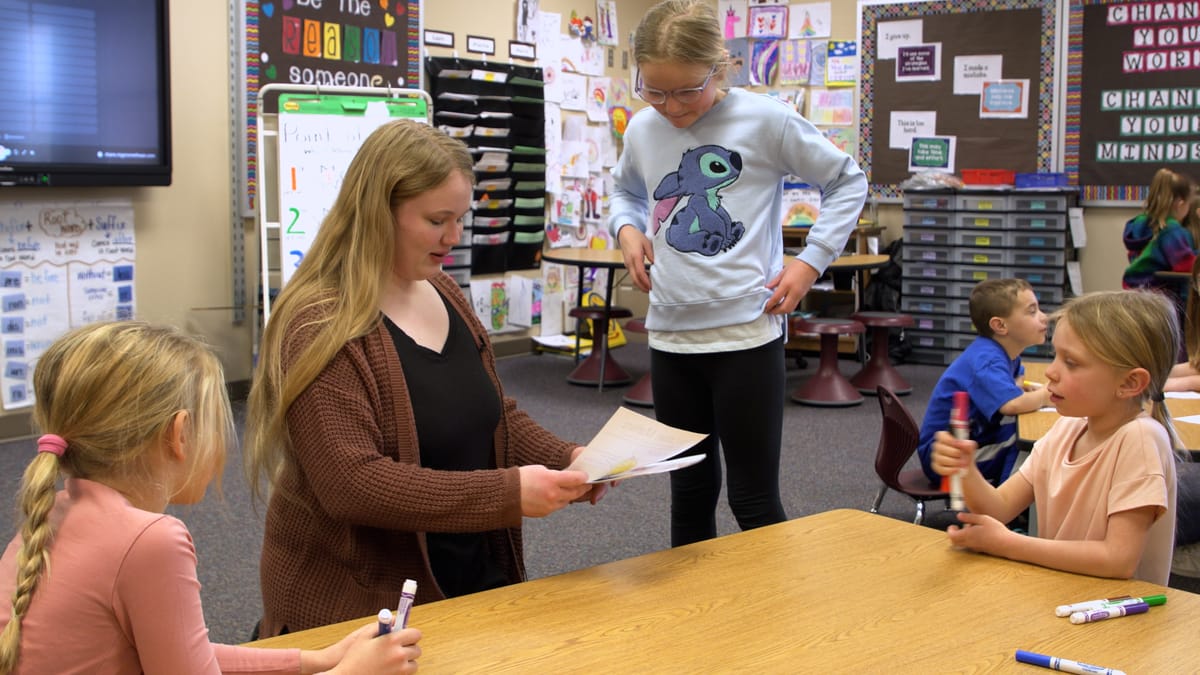
The international teachers live in on-campus housing and some have brought their children to learn in local schools and a few brought spouses, including some who also work as teachers or in other positions within the school district. The Filipino teachers have created a collegial atmosphere on the campus, helping each other and often traveling together to Pierre to go shopping or to Huron, where they are able to find Asian foods.
Coverdale said the international teachers are paid on the same scale as other district teachers, with a starting annual salary of $47,000 that rises with experience and education level.
"It's an awesome professional and financial opportunity for them," he said. "Their earning power, especially when it comes to the money value back home, it's substantial."
'South Dakota is my home'
Camba, 45, lives in a rental home on the Crow Creek school campus with her husband, who also teaches at the school, and their teenage daughter, who attends high school in nearby Highmore.
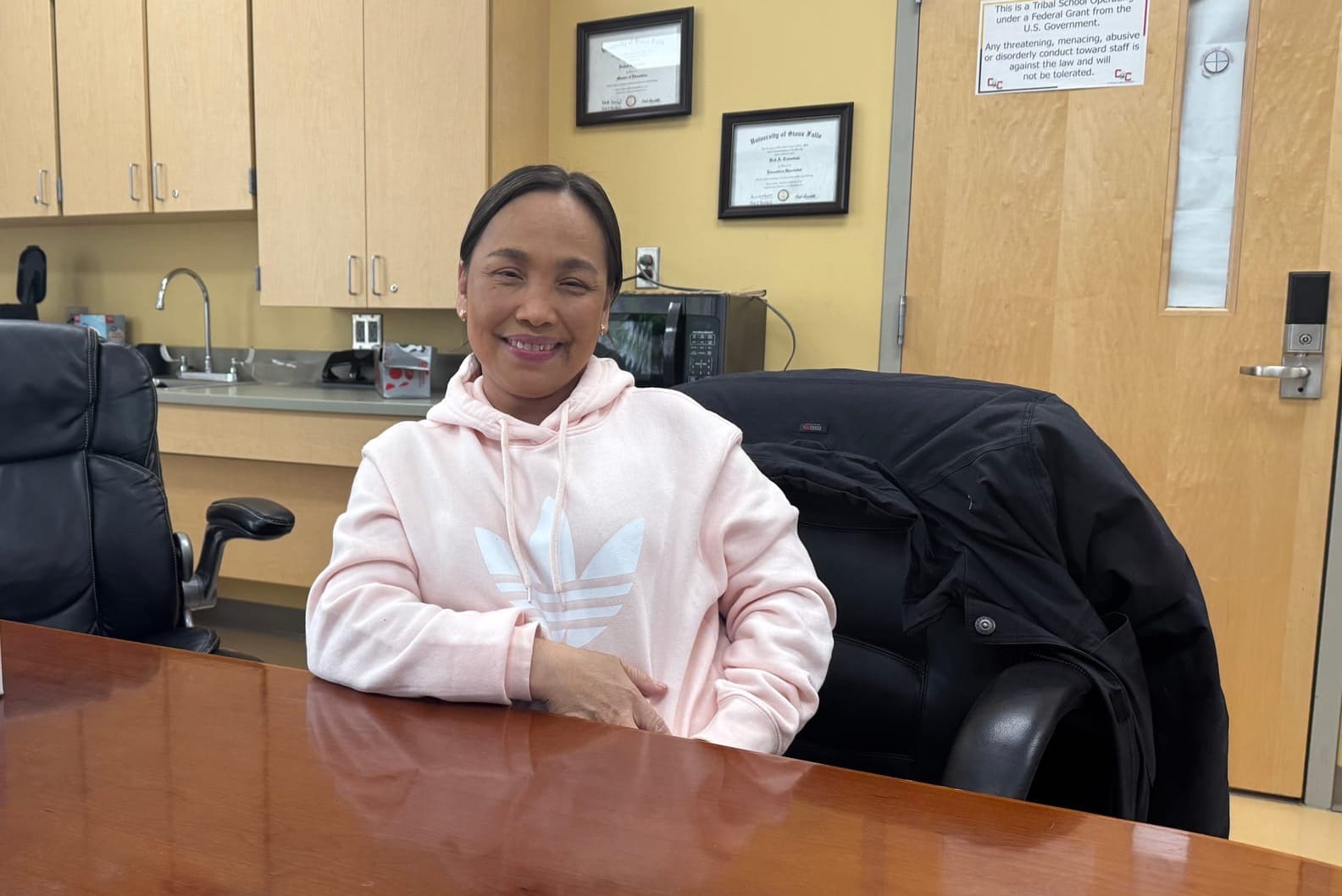
Earning two salaries in the U.S. has allowed the couple to build a home and buy a farm in the Philippines, and to help support her parents and nine siblings back home.
Camba said the children she teaches at Crow Creek are similar to students she taught in the Philippines and in Bahrain, though she sees less parental involvement among some American parents, especially those who struggle financially, she said.

Camba said she enjoys the quiet, safe and isolated nature of living in Stephan on the Crow Creek Indian Reservation, though after a couple years, she has soured on the cold weather. "At first, I was excited by snow and the winters, but now I'm tired of it," she said.
However, between her love for her students and the welcoming nature of the Crow Creek school and local community, Camba said she has become more comfortable in her surroundings. "I'm starting to feel that South Dakota is my home," she said.
Helping support family back home
Ronneil Vergara is a native of the Philippines who has taught in several foreign countries, including at Crow Creek Tribal School, where he arrived last fall.
Vergara teaches special education – one of the high-need fields in South Dakota schools – and works to improve reading, language and math skills for students with physical or learning disabilities. He has a master's degree and two doctoral degrees in education and curriculum.
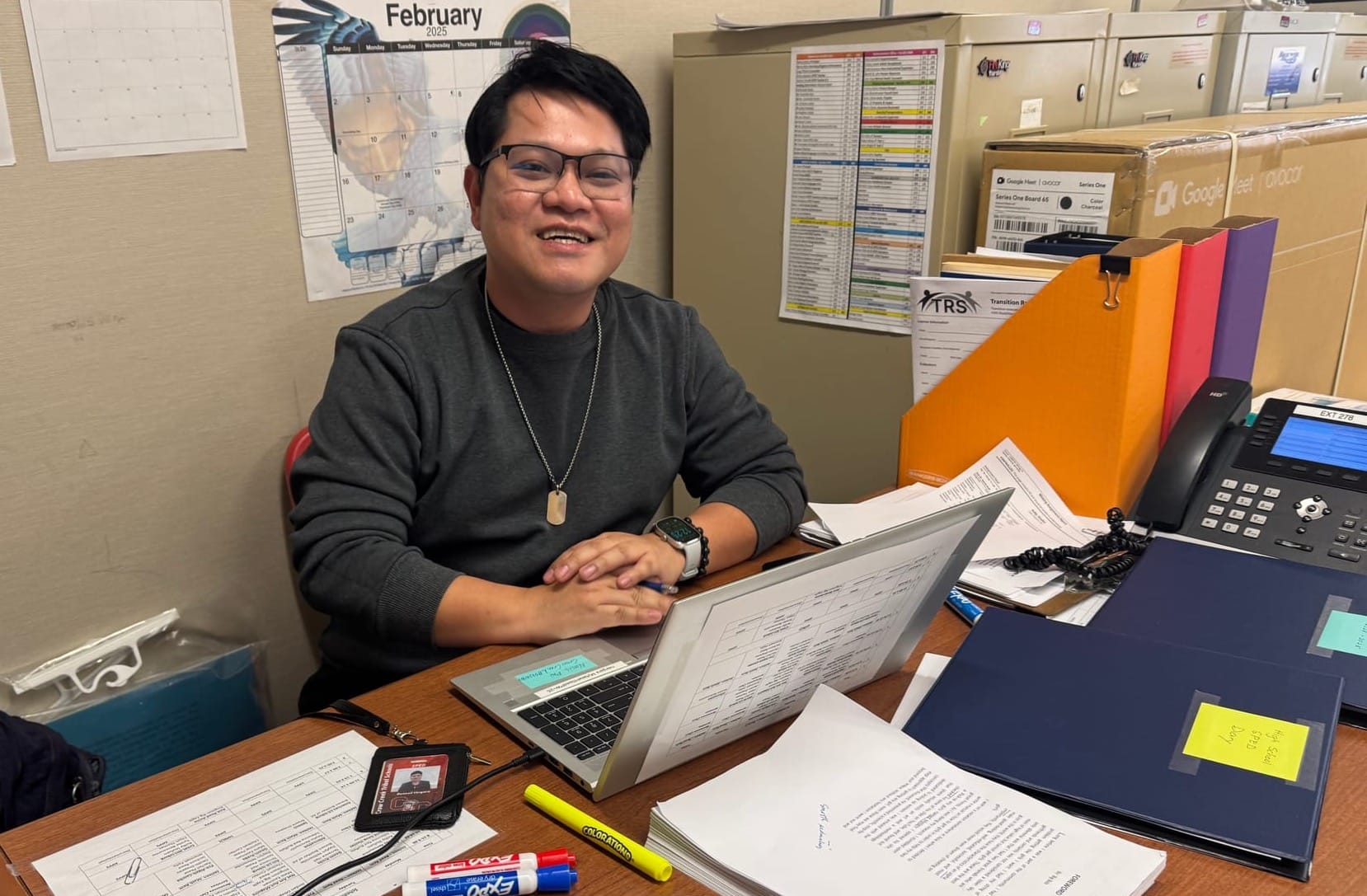
The transition to teaching in the U.S. is fairly easy for many Philippine teachers because the schools there are based on the principles of the American education system and English is the primary language.
Vergara said his salary in the U.S., which is three or four times what he would earn as a teacher in the Philippines, allows him to send money back home, in particular to care for his brother who suffered a traumatic brain injury in an accident.
"My job here sustains him," he said.
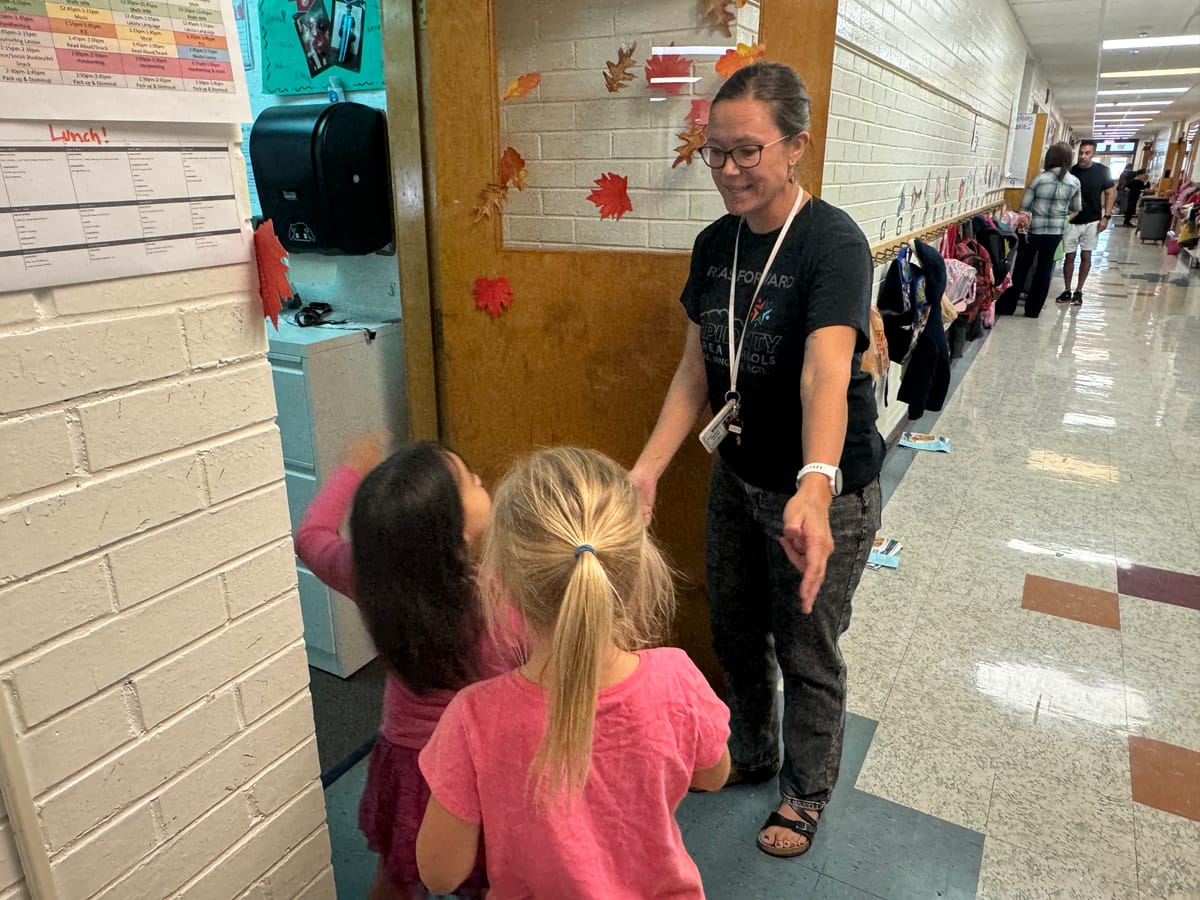
Vergara, 37, is on an H-1B work visa, which is for three years but allows for another three years if renewed. Vergara is also not a big fan of winter weather and can get depressed. But he has found enjoyment in getting his driver's license, buying a used Ford Explorer and traveling around the state and greater Midwest.
So far, he has been pleased by his decision to teach in South Dakota and feels it has helped him grow as a person and as an educator.
"Some of the parents of my students here have treated me like I was part of their family," Vergara said. "I have been warmly welcomed, and it has been a pleasure to be of service here in the school. And I hope they are enjoying our presence here."
International teachers working across the state
The Sioux Falls School District employs a few international teachers but only in its Spanish language immersion program, said district spokeswoman DeeAnn Konrad.
“In our schools, it is for a specific skill set that they’re coming here with and that’s to speak and teach in their native language of Spanish,” Konrad said.
George Shipley, superintendent of the Bison School District in remote northwestern South Dakota, first learned of the concept of recruiting foreign teachers when he was an administrator for the McLaughlin School District. When he took the job in Bison, the district already employed teachers from the Philippines, and Shipley has gladly continued the effort.
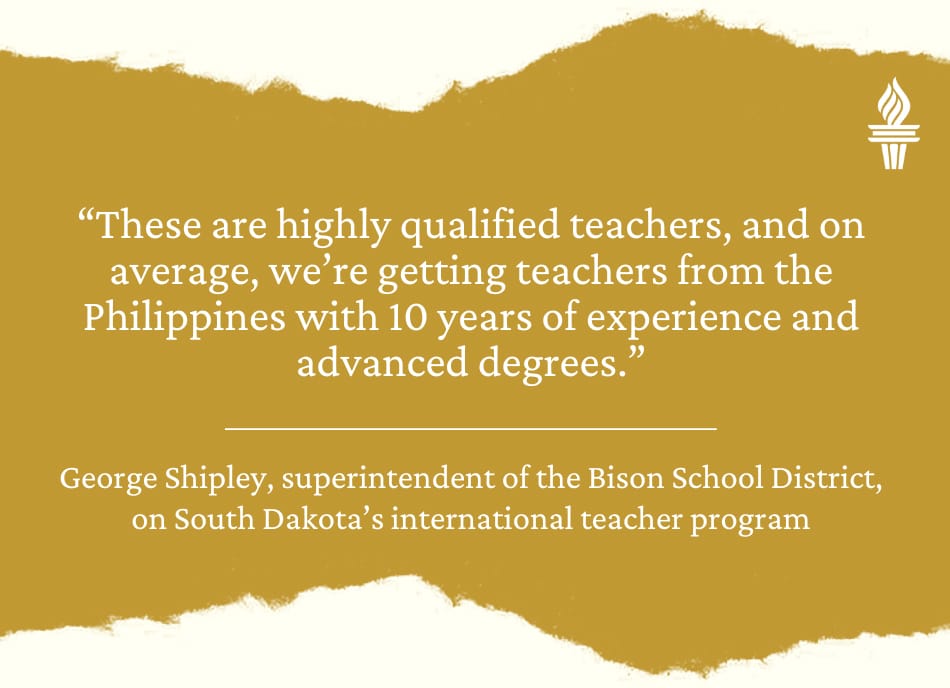
“These are highly qualified teachers, and on average, we’re getting teachers from the Philippines with 10 years of experience and advanced degrees,” Shipley said. “They are awesome teachers who usually breeze through the certification process of the South Dakota Department of Education.”
The Bison schools have integrated some of the Filipino culture into its schools as a way to educate students and staff and broaden cultural awareness in the community, Shipley said. The school cook has implemented some Filipino dishes into the student menu along with other non-traditional student meals. When a student tries a new dish, they get a sticker to wear home so their parents know they experienced something new, Shipley said.
“It’s a bigger tapestry at our school that allows us to explore new ideas, and these (international) teachers are part of that,” he said.
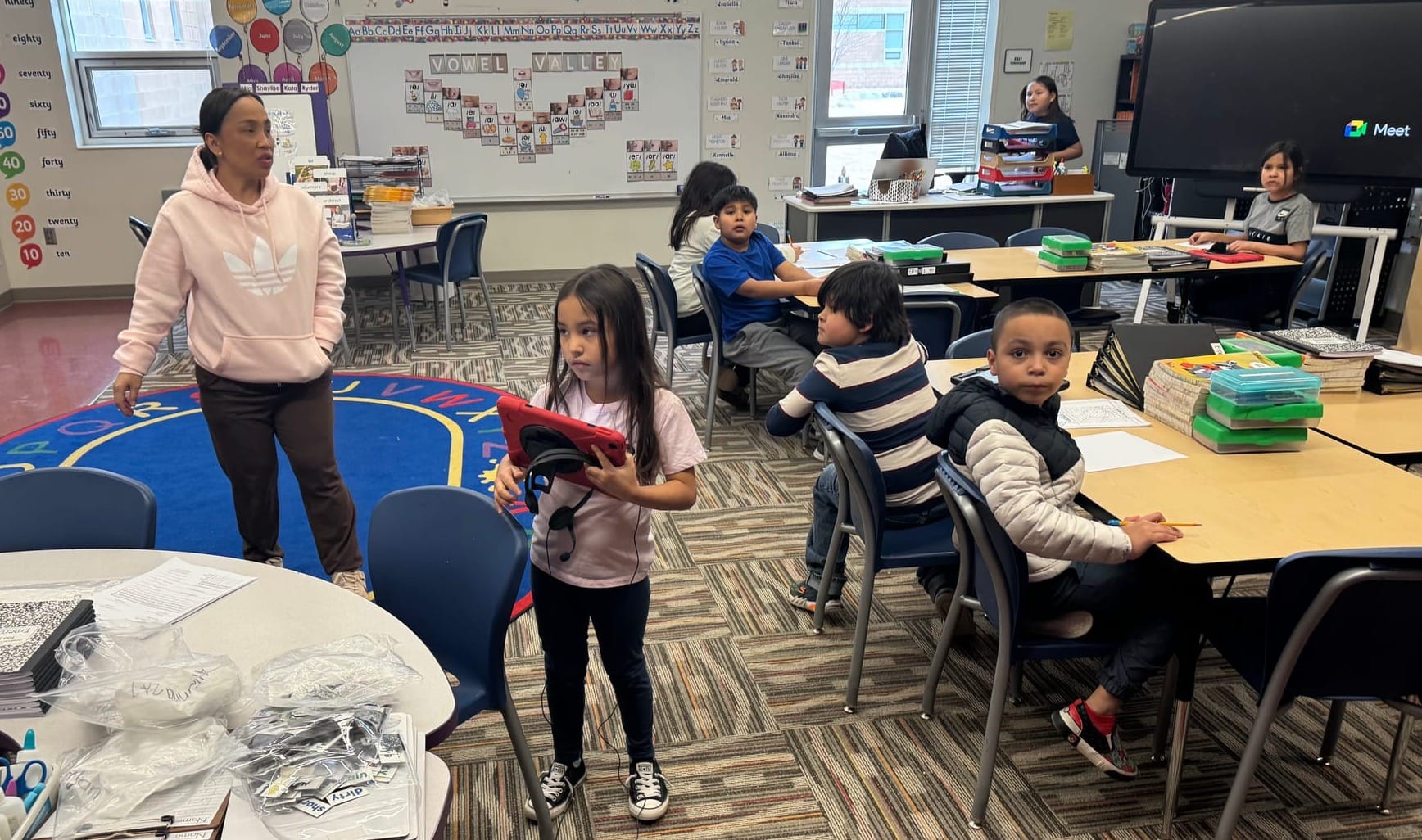
While he continues to support the district’s foreign teachers and promotes their value inside and outside the school system, Shipley said the biggest incentive to bring them to Bison is to alleviate the ongoing teacher shortage.
“The bottom line is this: 'Do you want a teacher in the classroom or do you want your kids to learn virtually through a video screen?'” he said.
The Bison schools contract with a firm called Teach Quest, which works with schools across the country by handling the teacher recruitment and immigration paperwork.

Shipley said the Bison community has embraced the foreign teachers, with one resident making available a three-bedroom home that is rented by a small group of teachers who live together.
During summers, some Filipino teachers have toured Yellowstone National Park or visited relatives in New Jersey or other states, Shipley said. A couple of Filipino teachers have obtained a driver’s license and a car, which they can sell to new Filipino teachers who come to Bison to teach, he said.
Shipley said he has great respect and a deep appreciation for the guts it takes for Filipino teachers to come to Bison.
“I’m very honored and appreciative of what these folks are doing because it’s a huge culture shock for them,” he said. “You leave a tropical island, you’ve never seen snow in your life, and now you live in northern South Dakota in December? My goodness.”
This story was produced by South Dakota News Watch, an independent, nonprofit organization. Read more stories and donate at sdnewswatch.org and sign up for an email to get stories when they're published. Contact Bart Pfankuch at bart.pfankuch@sdnewswatch.org.

